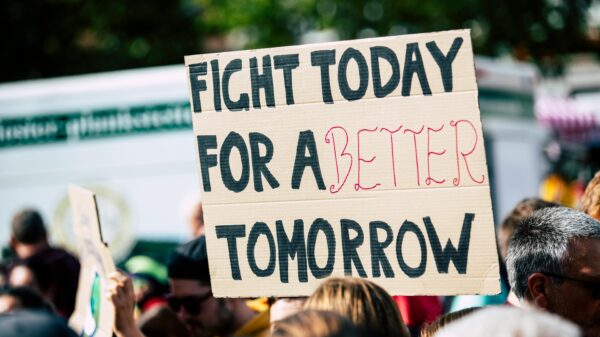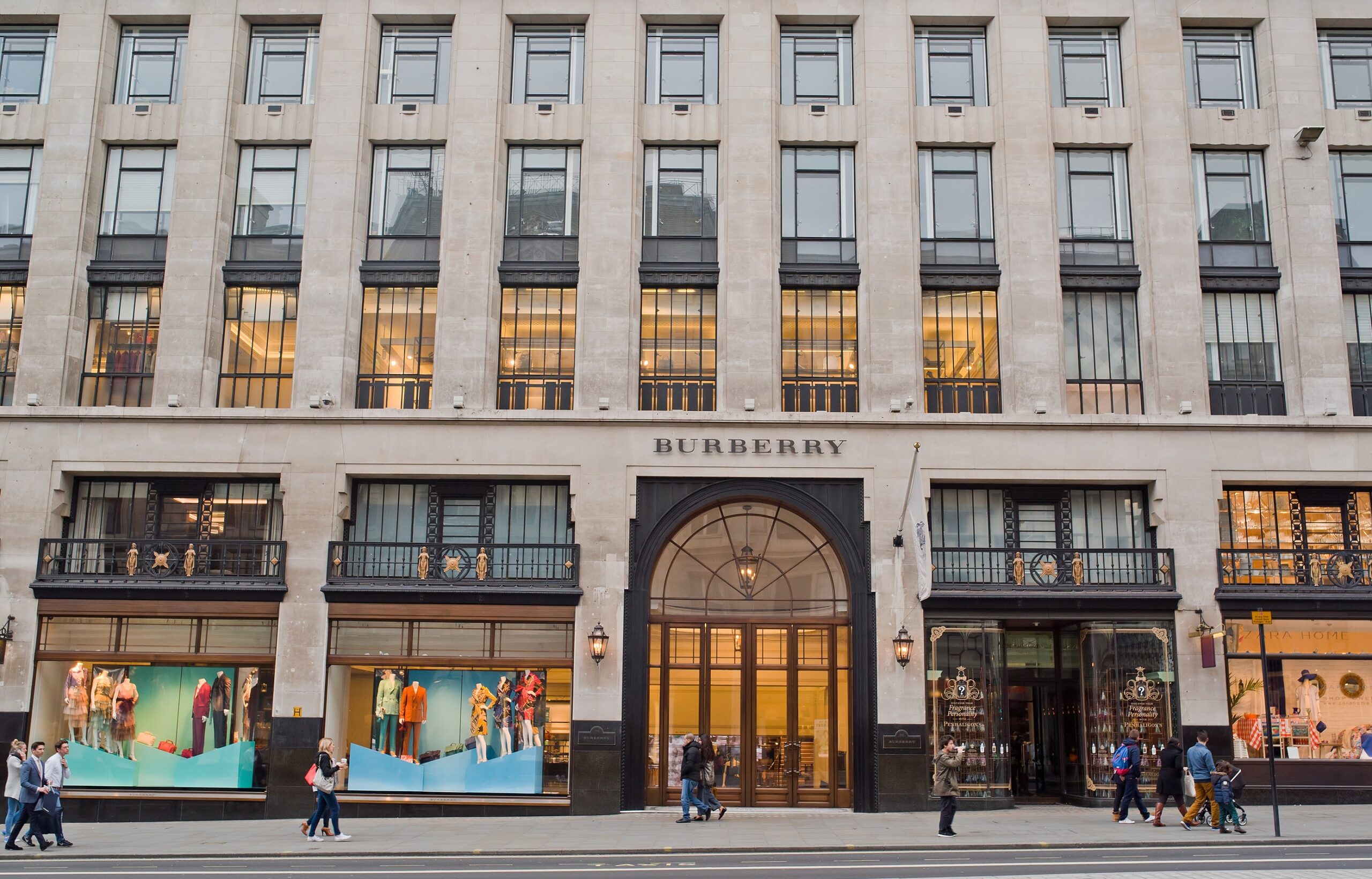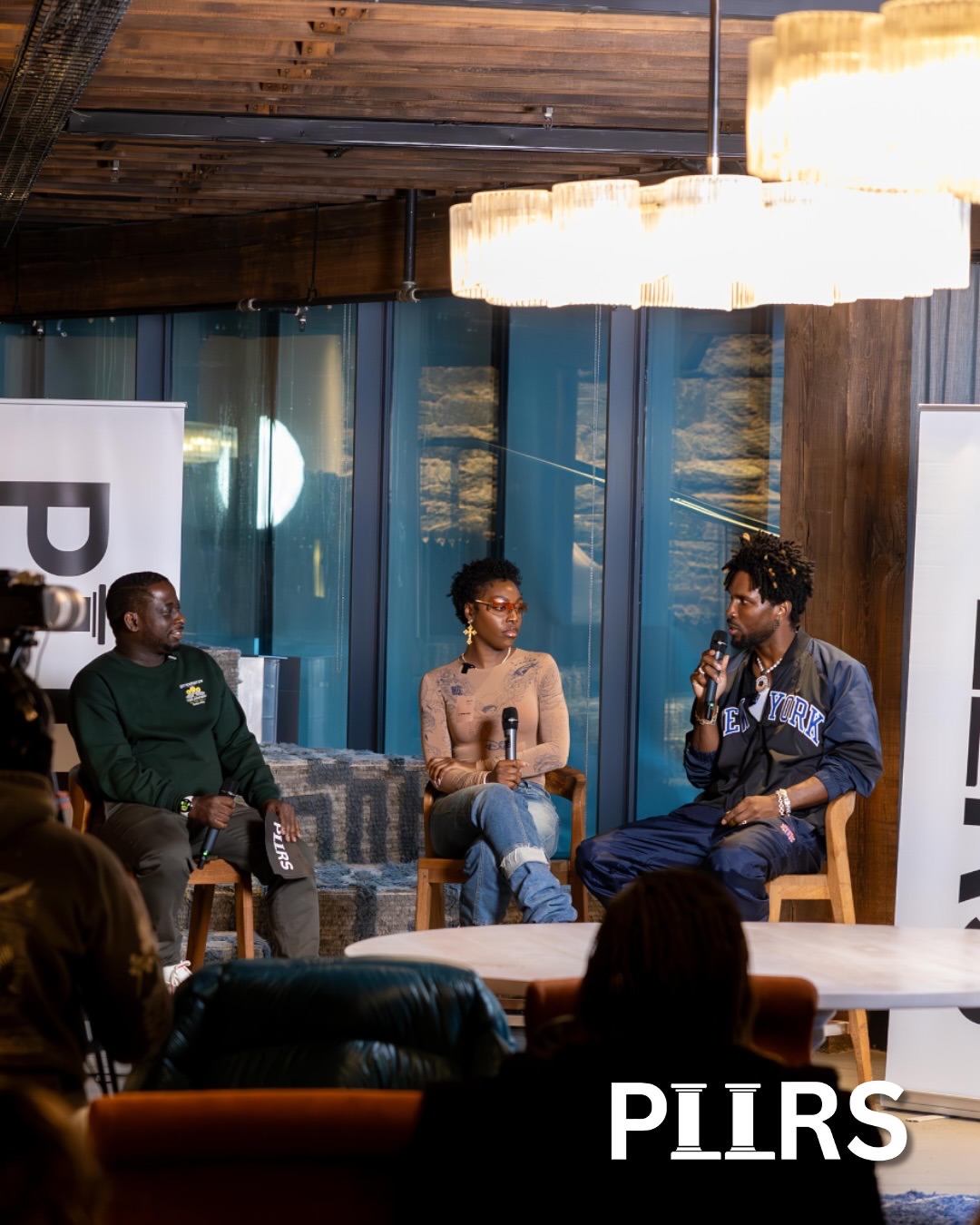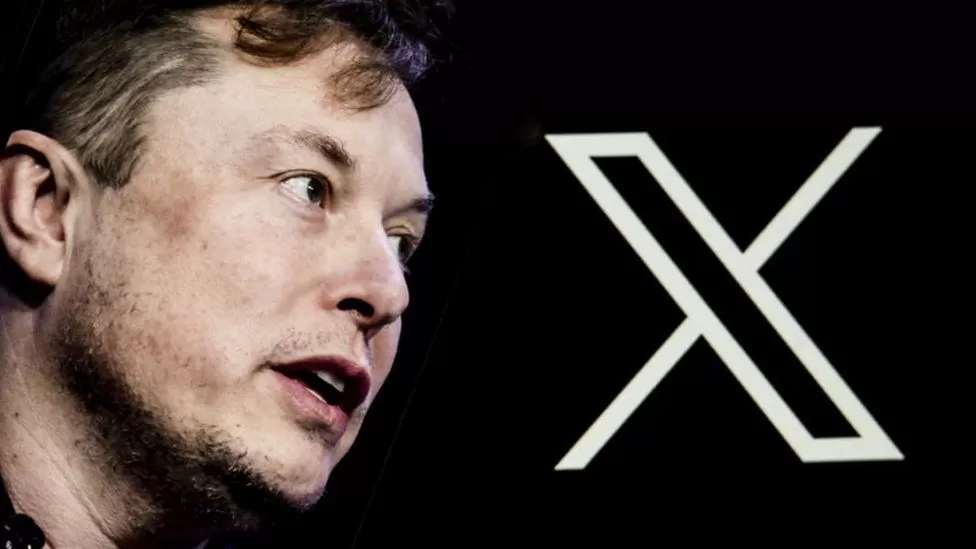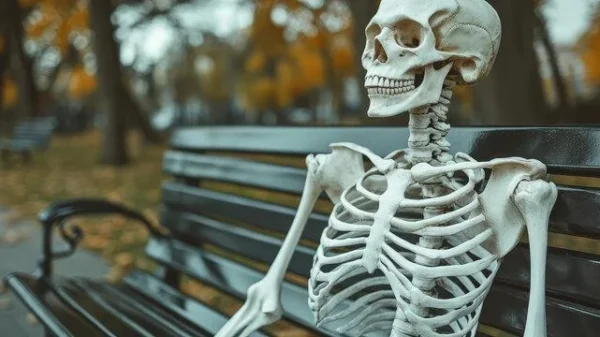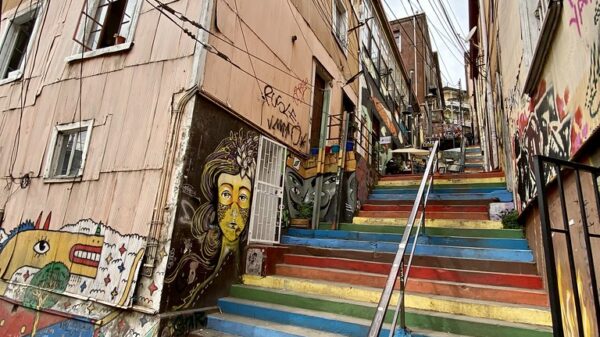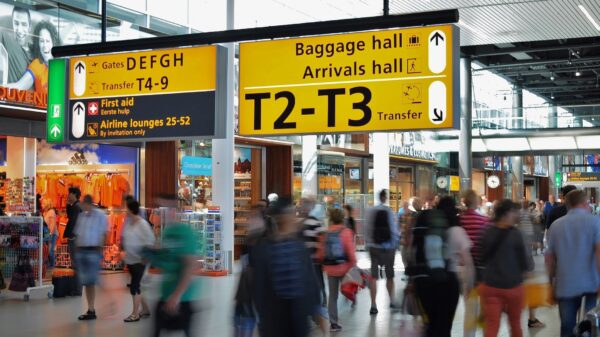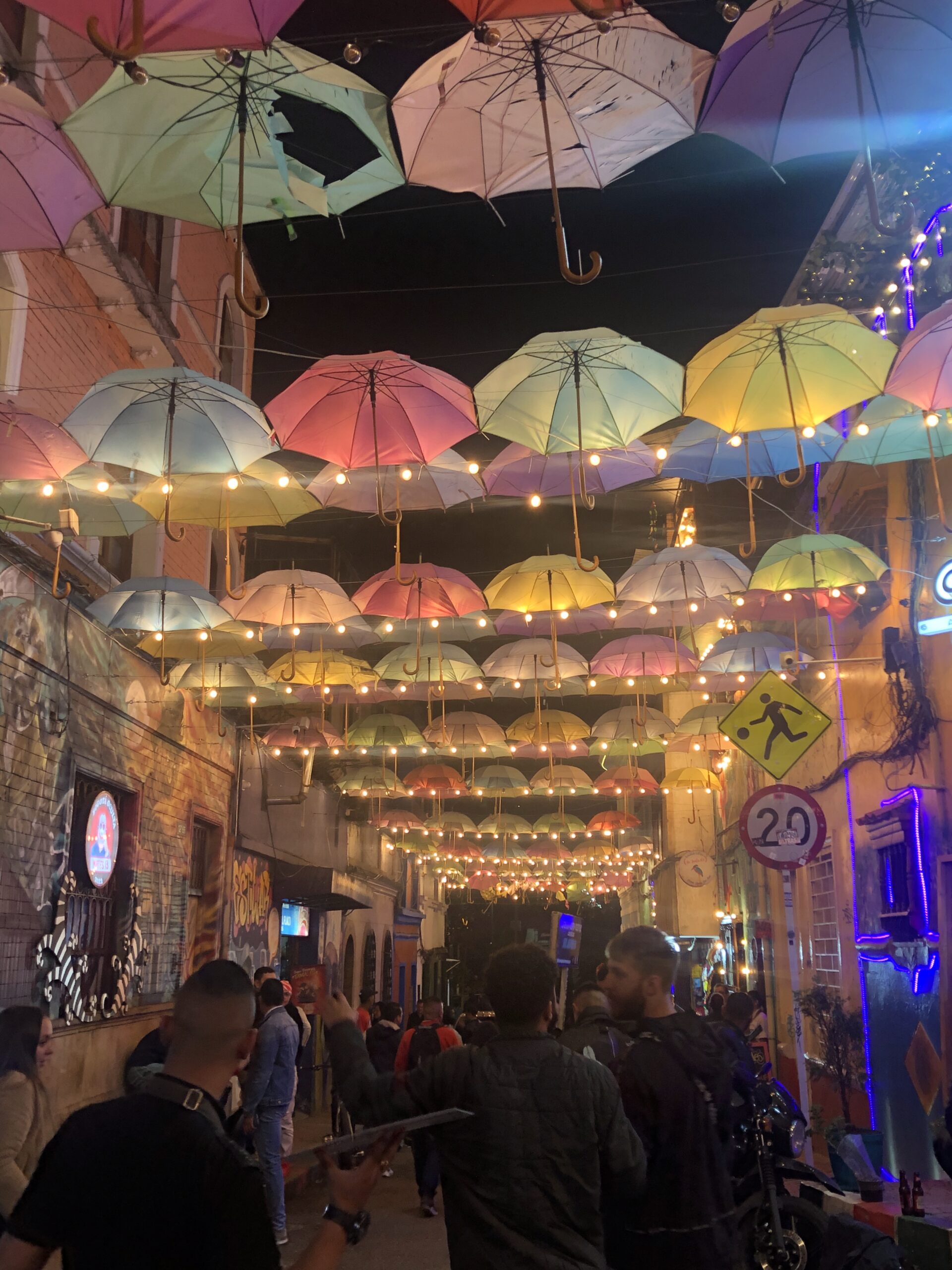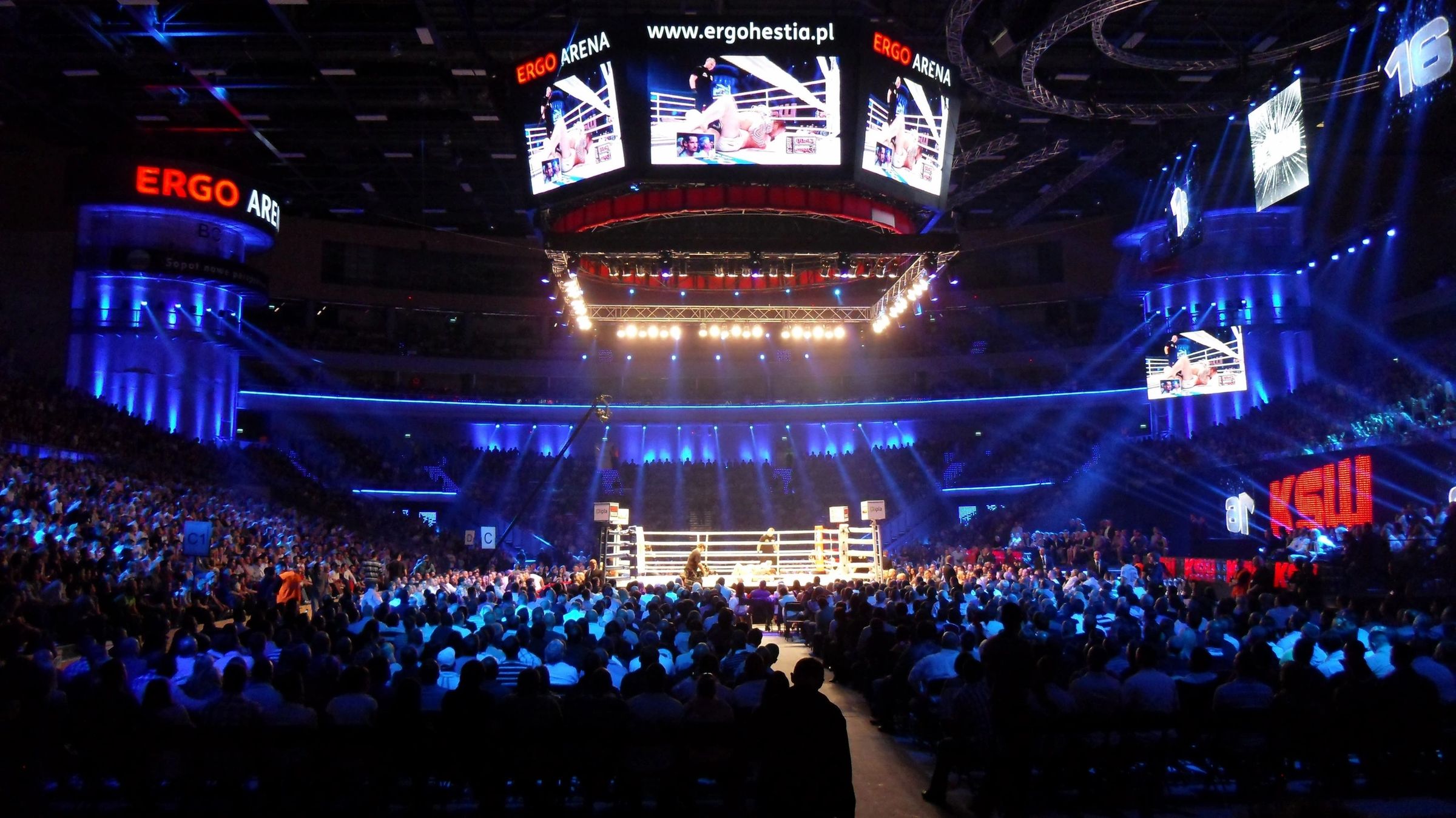Five years after George Floyd’s murder cracked open the conscience of a nation, the landscape of racial justice in America remains uneven and uncertain. The mass protests that swept across cities in 2020 sparked bold declarations, policy pledges, and corporate promises—but the follow-through has been scattered, and often symbolic. According to a recent Pew Research Center survey, 72% of Americans believe efforts to address racial inequality have yielded little or no progress. Among African Americans, that number climbs to 67%, reflecting a deep and growing disillusionment.
Reform has not been absent, but it’s been slow and inconsistent. Body camera mandates, local police accountability boards, and incremental legislative tweaks have emerged—but systemic change remains elusive. As federal momentum stalls, activists have turned their focus toward grassroots organizing and state-level reforms. In cities like Minneapolis and Louisville, communities are investing in public safety alternatives and youth empowerment. It’s a shift from pleading to planning—from protest to infrastructure.
At the heart of this reckoning is a deeper question: What does sustainable justice look like? Organizers say it requires more than hashtags and headlines. It demands resources, representation, and radical transparency from institutions that for too long have functioned without either. With election season approaching, the movement is at a crossroads—facing the challenge of reigniting public urgency without retraumatizing the very people it seeks to protect.
George Floyd’s legacy was never meant to rest on murals or memorials. It lives in the hands of those still organizing, still watching city budgets, still challenging systems to change. The work continues, if not always in front of cameras, then in classrooms, courtrooms, and council chambers.

